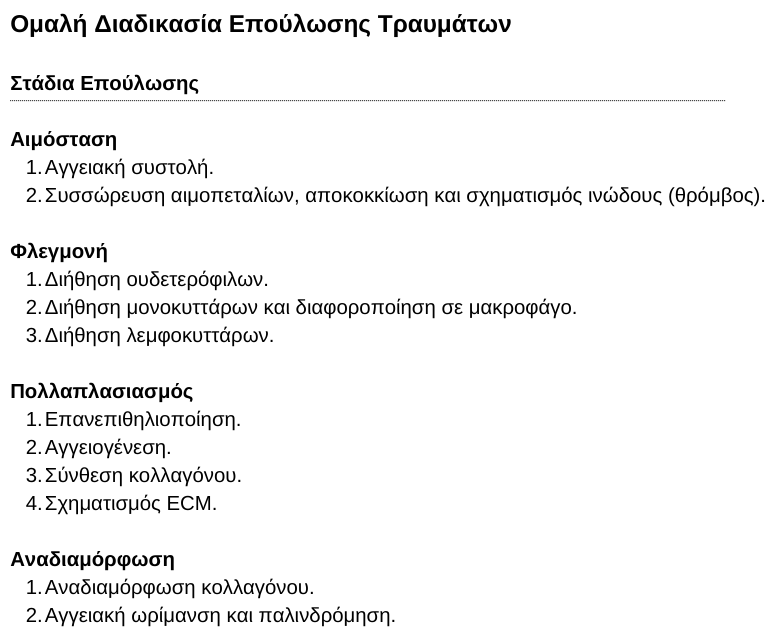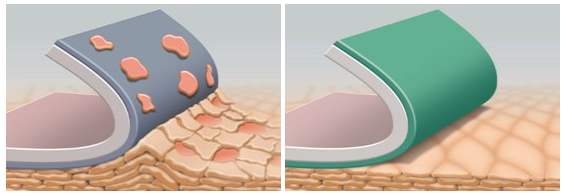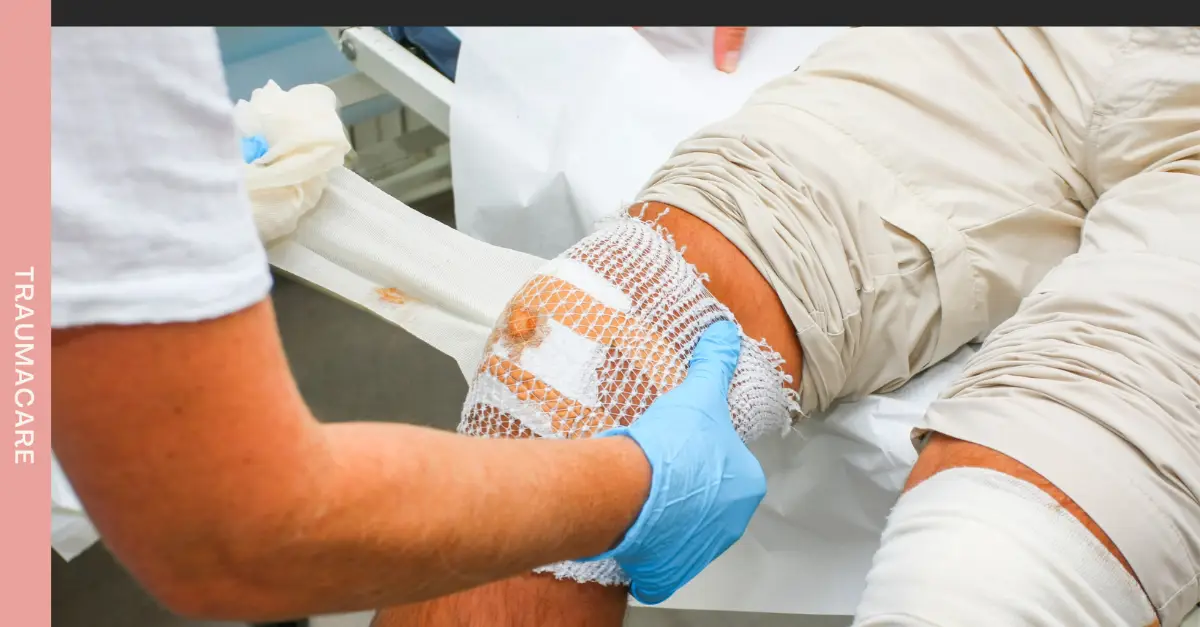Are you struggling with wounds or cuts that are difficult to close? The wound healing process is an important defense mechanism and maintenance of health for the human body. Whether it is a small cut, a surgical incision, or a deep injury, understanding a smooth wound healing process and ways to speed it up is essential.
Initially, a wound that does not heal quickly may be due to improper wound care, infection, but also to pathological factors such as diabetes, a weakened immune system, venous insufficiency, and many others.
Stages of Wound Healing
Wound healing is a multifactorial and dynamic process that involves several stages. Wounds that do not close occur because they have not progressed through the normal stages of healing. The healing phases and biophysiological functions must occur in the proper order for a smooth wound healing.

Hemostasis:
The first phase involves the immediate response to injury, where blood vessels constrict to minimize blood loss. Platelets then form a temporary clot, starting the foundation for the wound healing process.
Inflammation:
Once the clot is complete, the blood vessels dilate to allow maximum blood flow to the wound. White blood cells gather at the site of injury. These cells remove infection and debris, setting the stage for the next phase. Inflammation is normal in the wound healing process as long as it is not excessive and prolonged.
Proliferation:
During the third phase of wound healing, new tissue is formed to replace the damaged area. Collagen, the protein fiber, is deposited to rebuild and strengthen the skin tissue.
Epithelialization and Wound Healing:
The final phase of wound healing is called epithelialization and involves the rearrangement and realignment of collagen fibers and the creation of new tissues, resulting in the wound gradually contracting. A new network of blood vessels is constructed to transport sufficient oxygen and nutrients to the wound area.
How to Speed Up Wound & Injury Healing
Depending on the severity of the wound, the healing period can last from days, months to years. A wound that takes more than 4 weeks to heal is considered a chronic wound.

Web Management
Initially, in the first stage of wound healing, it is essential to achieve management of the traumatic tissue with proper cleaning and appropriate protection from pathogenic microorganisms.
Tip!
The use of a solution with antiseptic and antimicrobial properties can help manage necrotic tissue and remove biofilm. Prontosan Wound Irrigation Solution is a colorless solution with betaine and polyhexanide that can accelerate healing time by up to 50%.
Inflammation Control
At this stage the wound produces exudate to remove the microbial load.The wound environment must be kept moist, with appropriate humidity levels to prevent infection that can delay wound healing.
Tip!
B Braun's amorphous viscous gel Prontosan Wound Gel X with Polyhexanide and Betaine prevents infections, keeps the wound moist, at the appropriate moisture levels, and allows for painless dressing changes.
Moisture Balance in Trauma
The final stage of wound healing, epithelialization, is accelerated when wounds are kept moist and hydrated. Generally, when occlusive or semi-occlusive dressings are applied, they maintain the proper tissue moisture to optimize epithelialization.
Tip!
Silver ions have multiple antibacterial mechanisms. Silver alginate dressings are suitable for use in the treatment of critically colonized wounds or with clinical signs of infection such as excessive and intense exudate.
Promotion of Epithelialization
To promote epithelialization, protection from exogenous factors that may affect skin tissue remodeling is required. When choosing a dressing, choose to place a silicone-coated dressing on the wound.
Advantages of Silicone Coated Patches
- Does not disturb epidermal cells when removing the patch.
- It is safe to use, does not cause skin sensitivities.
- It prevents the formation of scar tissue or keloid.
- Elastic.

Left: Classic Patch Right: Patch with Soft Silicone Coating
Askina® DresSil Silicone Surface Foam Pad is made of 3 different surfaces:
- A protective, waterproof, breathable polyurethane film that acts as a barrier to bacteria
- A soft and elastic hydrophilic foam surface with excellent absorbency
- A perforated silicone adhesive surface that provides secure adhesion to the surrounding skin, allows exudate to pass through the foam surface, and offers non-traumatic removal.
- It is flexible, adapting to all wound shapes.
${{products:45,43,15,2642}}


